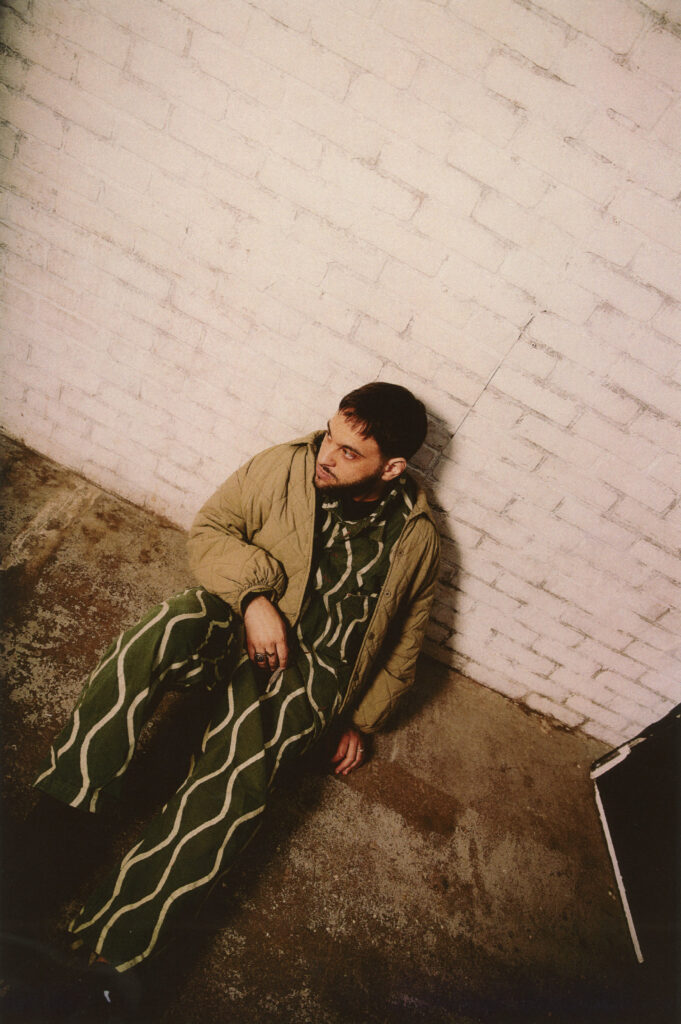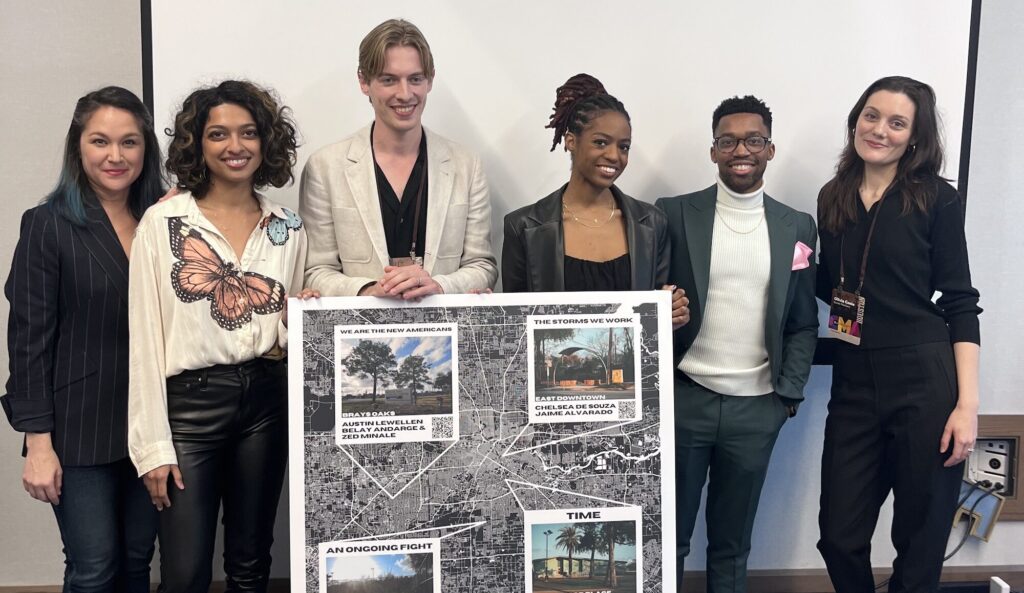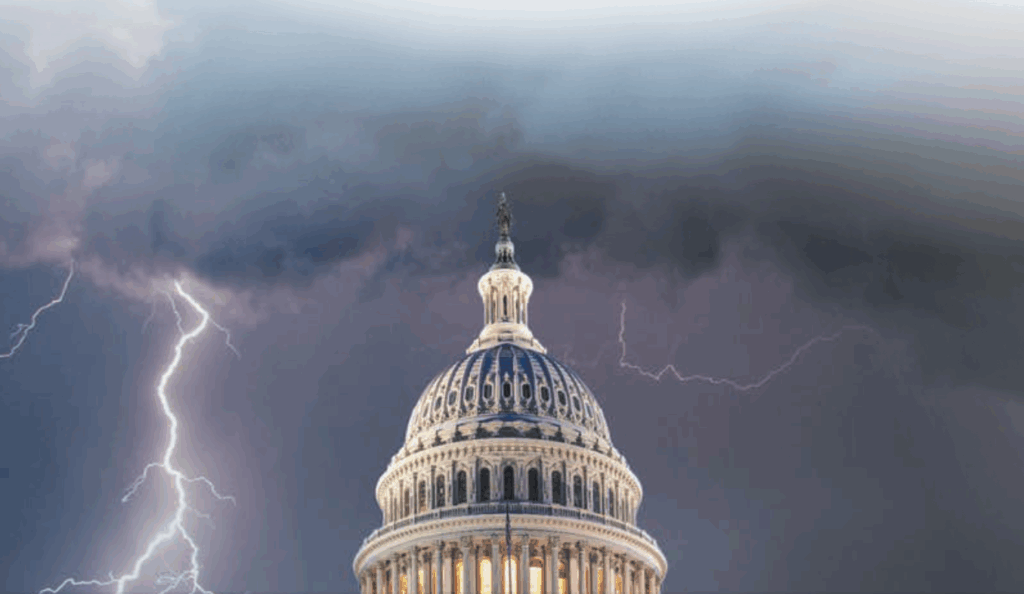Fine Tuning "Bronxness"
After 50 years, how did the Bronx Arts Ensemble, a classical music institution steeped in European traditions, evolve into a diverse equity organization? Intentionality, borough pride and deep listening were all in the mix, say its leaders.
All photos courtesy of Bronx Arts Ensemble
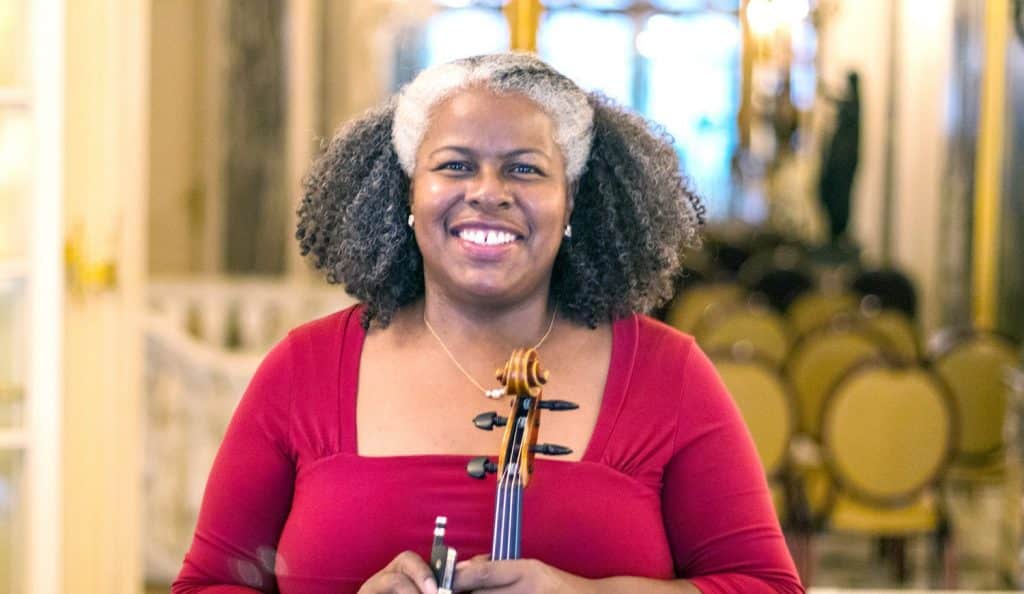
You can tell Judith Insell had a happy childhood. When she talks about it – the house she grew up in, her Adidas sneakers, the hip hop music in her ear, a mother who asked her if she wanted to take piano lessons – there’s an understood quality of fullness and possibility. In 5th grade, Insell took up the viola at school and was placed in the string orchestra, which eventually led her to perform with community groups, enroll in the Juilliard Pre-College program, attend the Manhattan School of Music for college and begin her journey as a professional educator and musician.
“It was an interesting time and place,” Insell says of the arts-heavy school and neighborhood in which this artistic career was launched
Interesting is one word for it. Insell grew up in the Northeast Bronx in the 1970s and 1980s. Just miles away, in the South Bronx, the scene was not as abundant — unless you’re talking about fires. During those same two decades, some tracts in the borough lost more than 97 percent of their buildings to fire and abandonment, according to census data. Those iconic, horrific decades would imprint themselves on the Bronx, its people and the media for a long time — even to this day, regardless of a general sense that the borough has rebounded in many ways.
That traumatic history, as well as the grassroots efforts that helped save the Bronx from disappearing, also shaped Insell to have strong borough pride and a fierce understanding of diversity, inclusion, belonging, and the power of artists and community members to assure those values together.
As the transformative executive director of the Bronx Arts Ensemble, a multifaceted performance and educational organization celebrating its 50th anniversary this year, Insell brings that background and drive to work each day and is the force behind resetting the Bronx institution as an instructional model for a culturally responsive arts organization in a borough that is characterized by a Latino and Black majority and the lowest percentage of white people among New York City’s five boroughs.
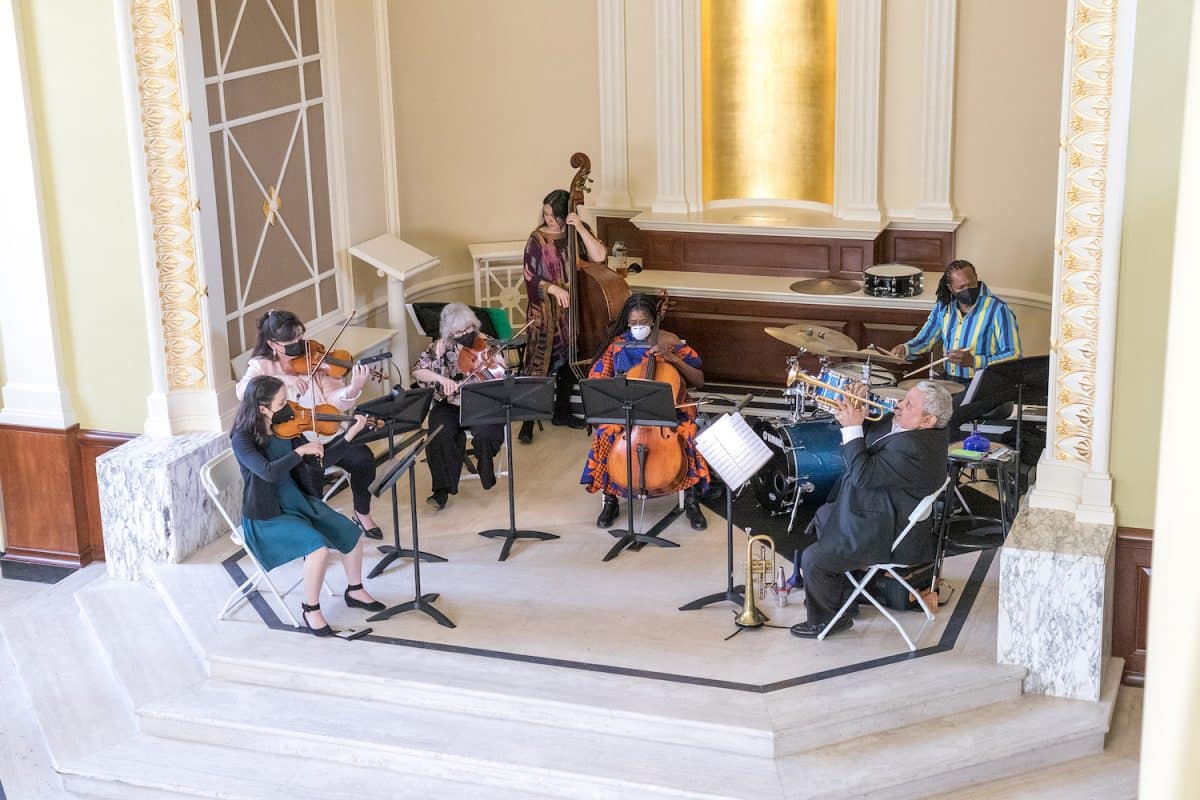
“The Bronx Arts Ensemble is a very, very committed and important organization in the Bronx,” says Pulitzer Prize-winning composer Tania León. “They are a big institution in a borough that has artistically and creatively contributed to its neighborhoods and the nation. “
León, part of the current cohort of Kennedy Center Honors recipients, has both attended BAE concerts through the years and had her work on the program. In June, she was one of three honorees at the 50th Anniversary Gala. When she spoke with Insell at the gala, León asked pointedly if BAE is actively presenting living composers these days. She was pleased with the answer: Most of the time, there’s not a program that doesn’t have a living composer on it, Insell told her. It’s all part of a larger plan that starts curbside in the Bronx. That is to say, on the very streets where hip hop began, where the buildings were rebuilt and where people live and work and raise their families.
“We are really good at acknowledging that we are working with BIPOC communities, particularly Black and Brown communities, in our school programs and also when we perform in neighborhoods throughout the borough,” says Insell, who has been with BAE since 2016 and took on the leadership role in 2021.
“That’s what the borough is made of, so we are listening to them and understanding that there’s much more than western European classical canon to present in a live performance or online concert. We can draw from all different kinds of cultures. Most of our concerts at this point have very little to do with the standard western European classical canon. Are people coming to us and saying this is awful? Or I hate it? Or I don’t know it, and I don’t want it?”
Just the opposite, she says. Audiences are excited to learn about William Grant Still, Florence Price, and Chevalier de Saint-Georges.
“These are all amazing, incredible composers, and they are matched by the contemporary composers we present now, too, like Angélica Negrón and Ray Vega,” Insell says. “We have these really brilliant living composers who were born and raised in the Bronx and still live here, or who live here and are contributing to the culture of the Bronx right now. We want to raise their work up to the communities, and that’s what we are doing.”
Since her appointment as executive director, Insell, who is also an active classical and jazz violist, has been on a “listening journey” to understand the varied interests of Bronx residents. In the spirit of a documentarian, Insell has queried concertgoers, students, community members, peers, and others to take the temperature of musical tastes and lived experiences in the area.
The influence on programming, concert locations, scheduling (not everyone can make a 7 p.m. concert) and repertoire has been notable. The two signature ensembles – a string quartet and a woodwind quintet — scan white, as they have since the beginning of the organization. Significantly, however, the staff, teaching artists, and advisors represent a diverse lineup that many arts organizations and most organizations of any type arguably struggle to achieve.
Just the opposite, she says. Audiences are excited to learn about William Grant Still, Florence Price, and Chevalier de Saint-Georges.
“These are all amazing, incredible composers, and they are matched by the contemporary composers we present now, too, like Angélica Negrón and Ray Vega,” Insell says. “We have these really brilliant living composers who were born and raised in the Bronx and still live here, or who live here and are contributing to the culture of the Bronx right now. We want to raise their work up to the communities, and that’s what we are doing.”
Since her appointment as executive director, Insell, who is also an active classical and jazz violist, has been on a “listening journey” to understand the varied interests of Bronx residents. In the spirit of a documentarian, Insell has queried concertgoers, students, community members, peers, and others to take the temperature of musical tastes and lived experiences in the area.
The influence on programming, concert locations, scheduling (not everyone can make a 7 p.m. concert) and repertoire has been notable. The two signature ensembles – a string quartet and a woodwind quintet — scan white, as they have since the beginning of the organization. Significantly, however, the staff, teaching artists, and advisors represent a diverse lineup that many arts organizations and most organizations of any type arguably struggle to achieve.
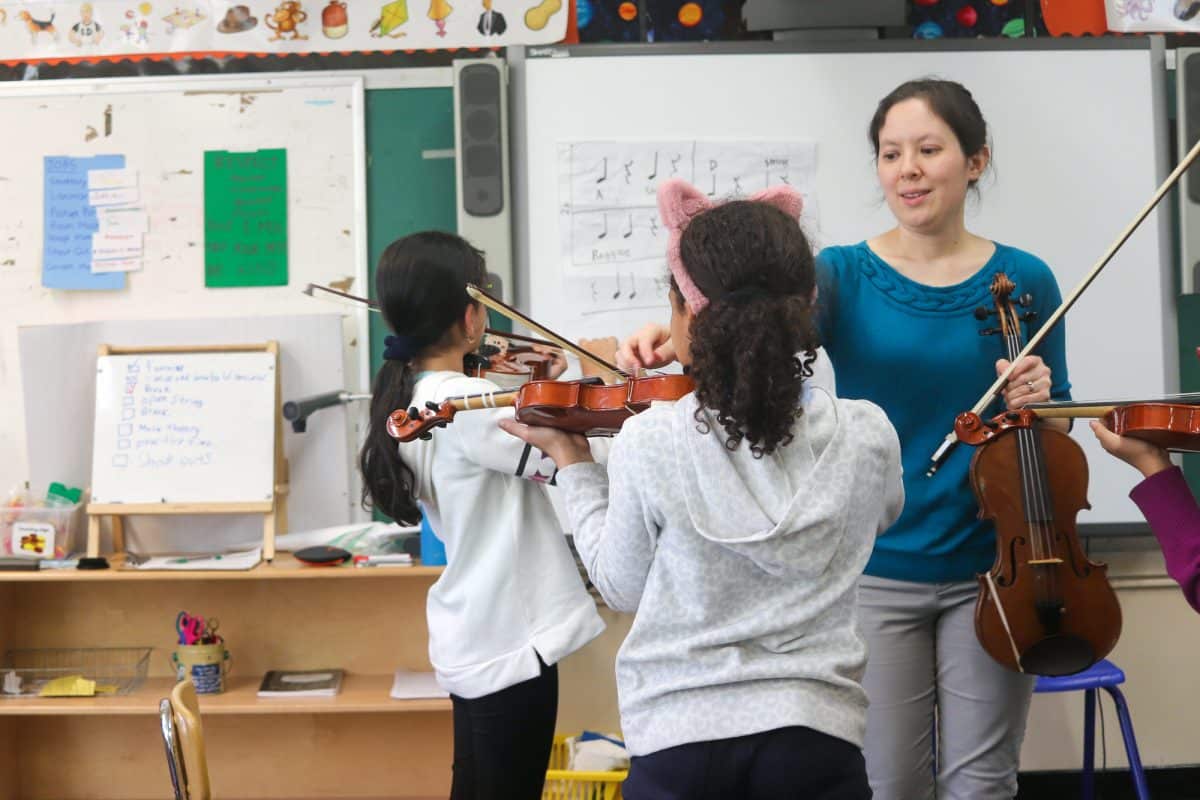
Administrators and board members alike prize the late William J. Scribner, who founded BAE in 1972, for effectively laying the groundwork for an equity organization by providing affordable concerts in famous Bronx settings such as Van Cortlandt Park, Woodlawn Cemetery, New York Botanical Garden and in private homes of donors in the affluent neighborhood of Riverdale. “Bill was actually doing culturally responsive work from the beginning,” says Insell. “He was just doing it in a different way, such as pairing guest artists with the ensemble.” He was also at the forefront of programming Latino composers and establishing a robust arts-in-education initiative.
Eventually concerts became free under Screener’s guidance, and, in 2001, BAE signed on with the New York City Department of Education to provide the Bronx with in-school arts programs including music, dance, visual arts, theater, and other arts. Last year, 40 schools and 3,500 students — 96 percent of whom are BIPOC — were beneficiaries of 55 teaching artists (77 percent of whom identify as BIPOC, according to BAE). The offerings have expanded to include media arts, capoeira, Latin and African drumming and more.
Students not only see themselves reflected back in the artists, but they find their own voices and modes of expression alongside them.
“Students get very excited about the programs, and they open their ears to other things, too,” says Laurie Griffel, a music teacher who is retired from and still volunteers at one of the public schools BAE serves. “It’s good to bring the foundation of the arts to kids who are all living in the Bronx. They value it totally. When a teaching artist comes, attendance — for instance with the kids taking violin lessons — goes way up. Many of the children are struggling academically but are very talented in the arts, so it brings success to those students.”
Hand in hand with the arts education programs is the performance side of BAE. The music that is presented by the quartet and quintet rises from the curatorial decisions made by music curator Kika Wright, whom Insell hired because of her knowledge of BIPOC and non-binary female composers.
A professional bassoonist, educator and chamber musician, Wright is significantly younger than most of the musicians in the two ensembles. She has extensive teaching and performance experience, but this is her first arts administration job, and it’s a big one. She essentially is setting the sound for the ensembles, a mighty responsibility for even the most veteran curators. And even though she is not from the Bronx – she was born in Honduras – she has the unflappable devotion of a local.
“My dream for programming is to offer a broad variety of de-stratified arts that I think the people in the communities of the Bronx would enjoy,” says Wright, who also takes suggestions for programming from the musicians.
That dream begins with the musicians. “At the start, they didn’t know where I was coming from, but they have put their trust in me, and I have put my trust in them. I understand the strengths of the players, and I wouldn’t give them anything outside their idiom. They can play anything and do a very good job. Even if I gave them a piece of music that is experimental jazz, they will do a good job. But they really shine with contemporary classical music.”
To stay in tune with the times, Wright keeps an ear to the ground among peers and students, with other performance groups, at concerts she attends and when she is waiting for the bus. Listening to recorded music is nearly a constant for her. “I’m not shy,” she says. “I will talk to anyone about anything. If somebody is telling me they are frustrated with the trucks in Hunts Point and how that is messing up the environment, I draw the connection to music in my brain and think: Should I do a concert about air or environment?”
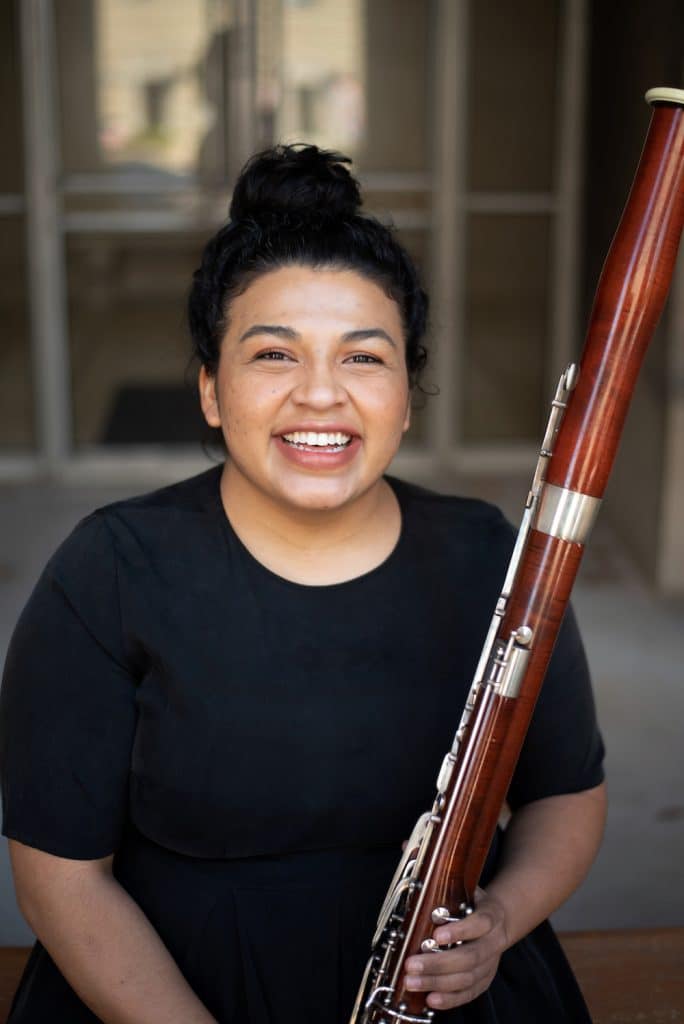 Kika Wright manages musical programming for the Bronx Arts Ensemble
Kika Wright manages musical programming for the Bronx Arts Ensemble
The work is primarily about music and arts education, of course. But is it also deeply about the Bronx itself, about redeeming its reputation and making sure that its residents have cultural resources in their backyards just as Manhattanites do, even if, and maybe because, it means performing at the Mall at Bay Plaza on the south side of Co-op City, where the BAE string quartet was featured in May with Grammy-winning countertenor Anthony Roth Constanzo and others.
BAE has a budget that hovers around $2 million annually and is heavily reliant on government grants and other contributions. In 2021, during the pandemic, the organization offered 52 in-person and online concerts (pre-Covid concerts totaled around 75 annually) with 49 guest musicians and 133,000 audience members, and launched new partnerships, among them: the New York Philharmonic, Lincoln Center and the Metropolitan Opera. They continue to play in many of the outdoor and nearby spaces, and, with a dearth of indoor venues in the Bronx, they also have two new Manhattan venues that will expand their reach and brand: the National Arts Club and the Frederick R. Koch Foundation Mansion.
Those house concerts in Riverdale? They may happen once or twice a year as donor cultivation events, but in the last five years, says board chair Robert Fanuzzi, the organization made a gradual and intentional move away from the chamber music concerts in historic homes. It sent a powerful message about priorities and about mission. It was also accompanied by data about resources and audiences that caused an institutional shift. If BAE was helping students in the local schools, the data suggested, it should be radiating out from these schools and embracing community concerts rather than rarified concerts in affluent homes. Fanuzzi likes to say it brought the two sides of the house together – performance and education – and refocused the identity of the organization on making community connections borough wide.
“The chamber form is fantastically flexible and transportable,” says Fanuzzi, who grew up in the Bronx and is a professor of English at St. John’s University. “We didn’t have a civil war over these changes. We are more unified than ever as an organization. When you put your money where your mouth is, and support and give leadership to the people who deserve it — and we have the best executive director in the world — then your board is willing to talk the talk and walk the walk and support people who have been waiting to build equity and now should lead. Having the board’s unanimous support of Judith Insell, having her inspiring story, is not an exclamation mark. It’s what our board should be doing with this organization. When you can say this is who we are with Judith, it’s pretty great.”
Among chamber music groups, pride is taken in the signature sound that members create together. Fanuzzi might say the sound of BAE is “Bronxness,” or“regular people doing extraordinary things against all odds with creative resources of their own invention.” Wright might suggest that the sounds that come from BAE evoke a vision of the Bronx as a thriving cultural gem.
“The BAE sound is evolving beyond the Western classical music canon,” says Insell. “When I came to BAE in 2016, I was in charge of concert programming. I said I am going to take us in a different direction. I want us to be culturally responsive to the people of the Bronx. That means presenting more music in the here and now. So we are in the midst of an evolution to making a new sound. Being on that route doesn’t mean we don’t appreciate the past. It’s been 50 years. What is it right now? Everything about BAE has been going in the direction of being a culturally responsive contemporary Bronx institution. You can show up and hear electronica. Or Caribbean composers from Trinidad and Tobago — and that’s with the string quartet. So it sounds like that.”

